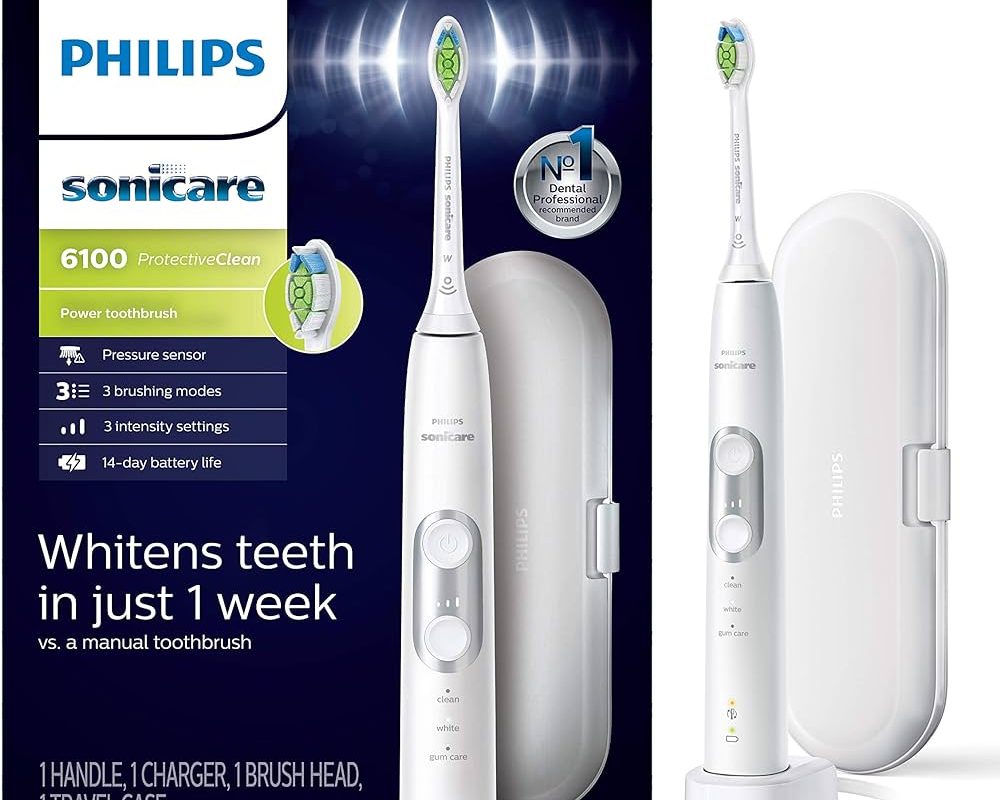Introduction:
The importance of toothbrush hygiene after illness
Maintaining proper oral hygiene is crucial for overall health, especially after recovering from an illness. One significant aspect of oral hygiene is knowing when to change your toothbrush. In this comprehensive guide, we will explore the optimal timing for replacing your toothbrush after being sick. By understanding the potential risks of keeping a contaminated toothbrush and following recommended guidelines, you can ensure a clean and healthy oral care routine.
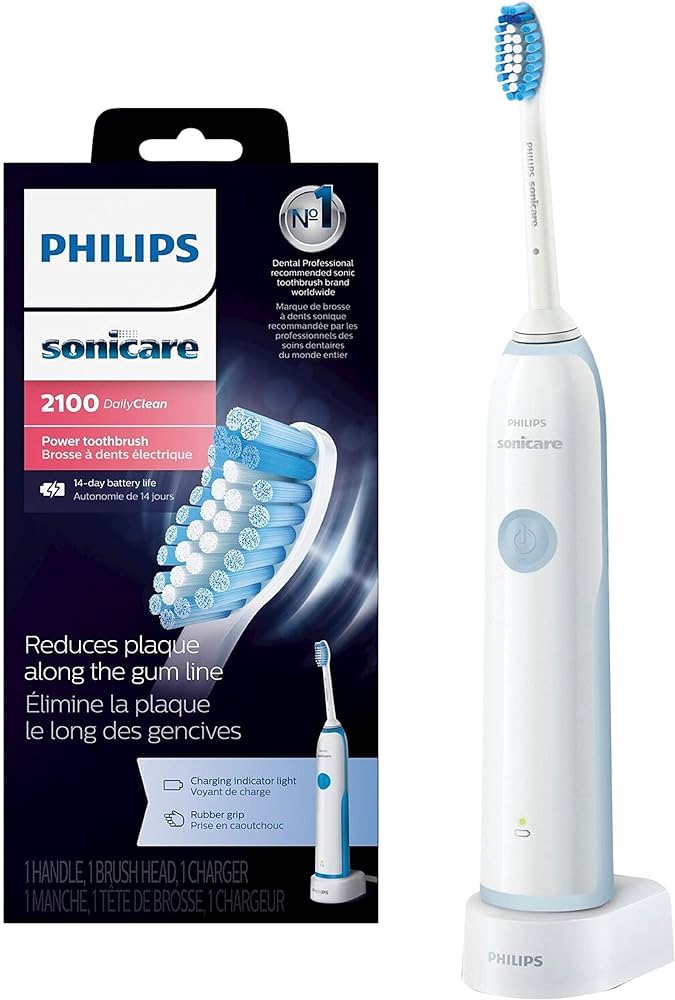
When Should You Change Your Toothbrush After Being Sick: An Essential Guide
-
Understanding Contamination Risks
a. Bacteria and viruses: When you’re sick, bacteria and viruses can accumulate on your toothbrush. These pathogens can potentially survive on the bristles and handle, making it vital to prevent their reintroduction into your body.
b. Reinfection risks: Using a contaminated toothbrush can increase the chances of reinfection or prolonging the duration of illness.
c. Microbial growth: Moist conditions on a used toothbrush can foster microbial growth, leading to potential bacterial or fungal contamination.
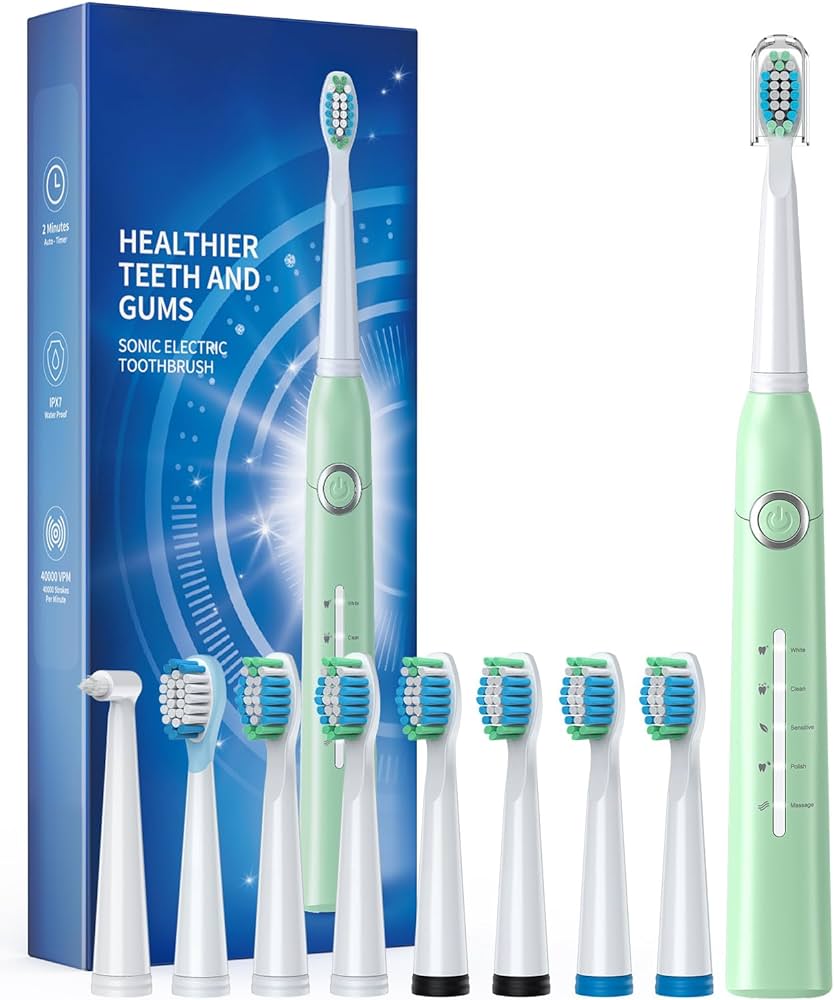
-
General Guideline for Toothbrush Replacement
a. Every three to four months: Regardless of illness, it is recommended to replace your toothbrush every three to four months. Over time, toothbrush bristles wear out and become less effective in cleaning your teeth and gums.
b. Visual inspection: Regularly inspect your toothbrush for signs of wear, fraying bristles, or damage, as these are indications that it is time for a replacement.
-
Toothbrush Replacement After Illness: Key Considerations
a. Severity and type of illness: The severity and type of illness can impact the level of contamination on your toothbrush. In certain cases, it may be prudent to replace your toothbrush sooner than the general guideline specifies.
b. Contagious illnesses: If you have a contagious illness, such as the flu or a viral infection, it is advisable to replace your toothbrush within a few days of experiencing symptoms to prevent the spread of the virus.
c. Oral infections or sores: If your illness involves oral symptoms, such as mouth ulcers or a bacterial infection, replacing your toothbrush is recommended to minimize the risk of reinfection or prolongation of symptoms.
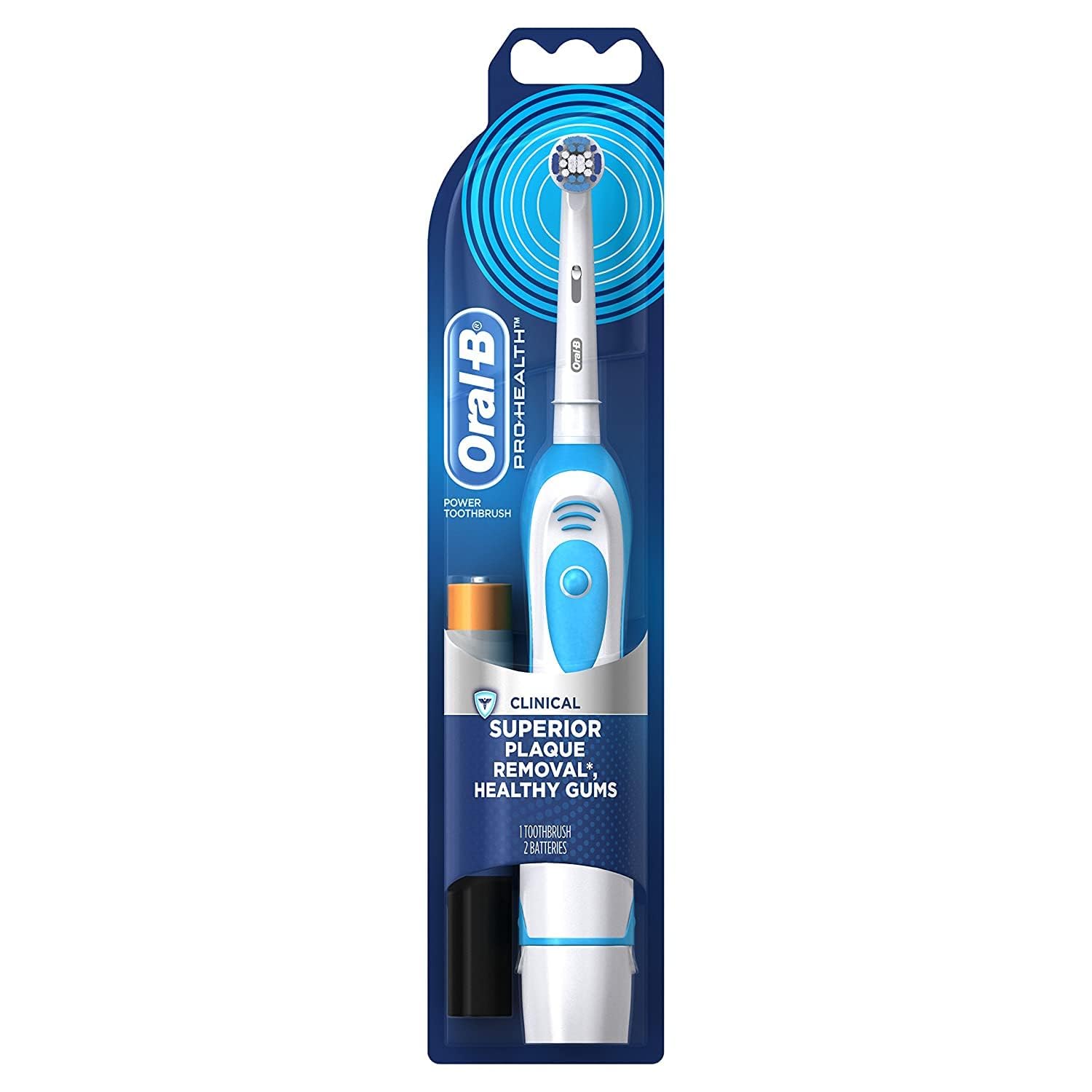
-
Specific Illnesses and Toothbrush Replacement Recommendations
a. Common cold or mild illnesses: For mild illnesses, such as the common cold, it is generally sufficient to replace your toothbrush after you recover, adhering to the standard three to four-month guideline. However, if you experienced severe symptoms, consider replacing your toothbrush sooner.
b. Flu or viral infections: Due to their highly contagious nature, it is advisable to replace your toothbrush as soon as you start experiencing symptoms, and again after you have fully recovered to prevent reinfection.
c. Strep throat or bacterial infections: For bacterial infections such as strep throat, it is recommended to replace your toothbrush immediately after starting antibiotic treatment and again after complete recovery.
d. Gastrointestinal illnesses: With illnesses that involve vomiting or diarrhea, such as gastroenteritis, it is crucial to replace your toothbrush immediately after the illness and thoroughly clean your mouth to prevent bacterial contamination and reinfection.
-
Toothbrush Care During Illness
a. Isolate your toothbrush: To minimize contamination risks during illness, store your toothbrush separately from others to prevent cross-contamination. Keep it in a place where it can air dry between uses.
b. Rinse after use: After each brushing session, thoroughly rinse your toothbrush under running water to remove toothpaste and debris, reducing bacteria and contaminant buildup.
c. Sanitize your toothbrush: Consider using an antimicrobial mouth rinse or a mouthwash diluted with water to briefly soak your toothbrush and eliminate any potential pathogens. Rinse it well before brushing.
d. Avoid sharing toothbrushes: Never share your toothbrush with another person, especially during illness. Sharing toothbrushes can lead to cross-contamination and increase the risk of reinfection.
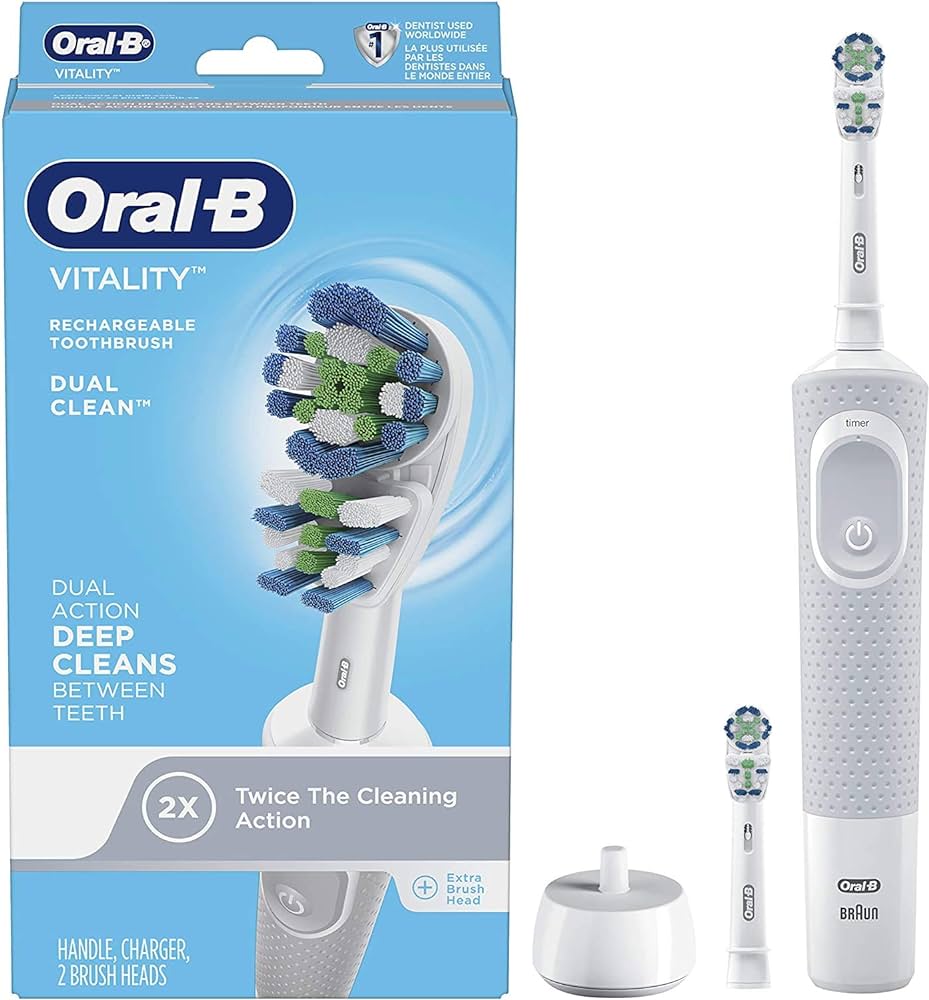
-
Additional Maintenance Practices for a Healthy Toothbrush
a. Proper storage: Store your toothbrush in an upright position, allowing it to air dry thoroughly between uses. Avoid covering or storing toothbrushes in closed containers, as this can promote bacterial growth.
b. Regular cleaning: Clean your toothbrush holder regularly to remove any buildup of toothpaste residue or water, which can contribute to mold or bacterial contamination.
c. Washing hands before brushing: Always wash your hands with soap and water before handling your toothbrush to minimize the transfer of bacteria or viruses.
-
Final Considerations
a. Children’s toothbrushes: Children’s toothbrushes may require more frequent replacement, especially during illness, as their immune systems are still developing and they may not practice proper hygiene measures as consistently as adults.
b. Consult with a healthcare provider: If you have specific concerns regarding toothbrush hygiene during or after illness, it can be helpful to consult with a dental professional or healthcare provider for personalized guidance.
-
Tips for Selecting a New Toothbrush
a. Choose a soft-bristled toothbrush: Soft bristles are gentle on your gums and teeth, providing effective cleaning without causing irritation or damage.
b. Opt for a size that fits your mouth comfortably: Select a toothbrush that is appropriate for your mouth size and allows you to maneuver easily for thorough cleaning.
c. Consider manual or electric options: Manual toothbrushes are effective when used properly, while electric toothbrushes can provide added benefits, such as built-in timers and oscillating brush heads. Choose the option that suits your preferences and dental needs.
d. Look for ADA approval: Seek toothbrushes that have received the American Dental Association (ADA) Seal of Acceptance. This indicates that the toothbrush has undergone rigorous testing for safety and efficacy.
-
Maintaining a Healthy Oral Care Routine Beyond Toothbrush Replacement
a. Regular brushing and flossing: Brush your teeth at least twice a day for two minutes each time, using fluoride toothpaste. Additionally, floss daily to clean between your teeth and along the gumline.
b. Schedule regular dental check-ups: Visit your dentist every six months for professional cleanings and to detect any dental issues early on. Your dentist can also provide additional guidance on toothbrush care and replacement.
c. Practice good oral hygiene habits: Maintain a well-rounded oral care routine by using mouthwash, tongue scrapers, or interdental brushes to ensure comprehensive cleaning and fresh breath.
d. Teach proper oral hygiene to children: Educate children about proper brushing techniques, emphasizing the importance of replacing their toothbrushes regularly, and setting a good example by practicing good oral hygiene habits yourself.
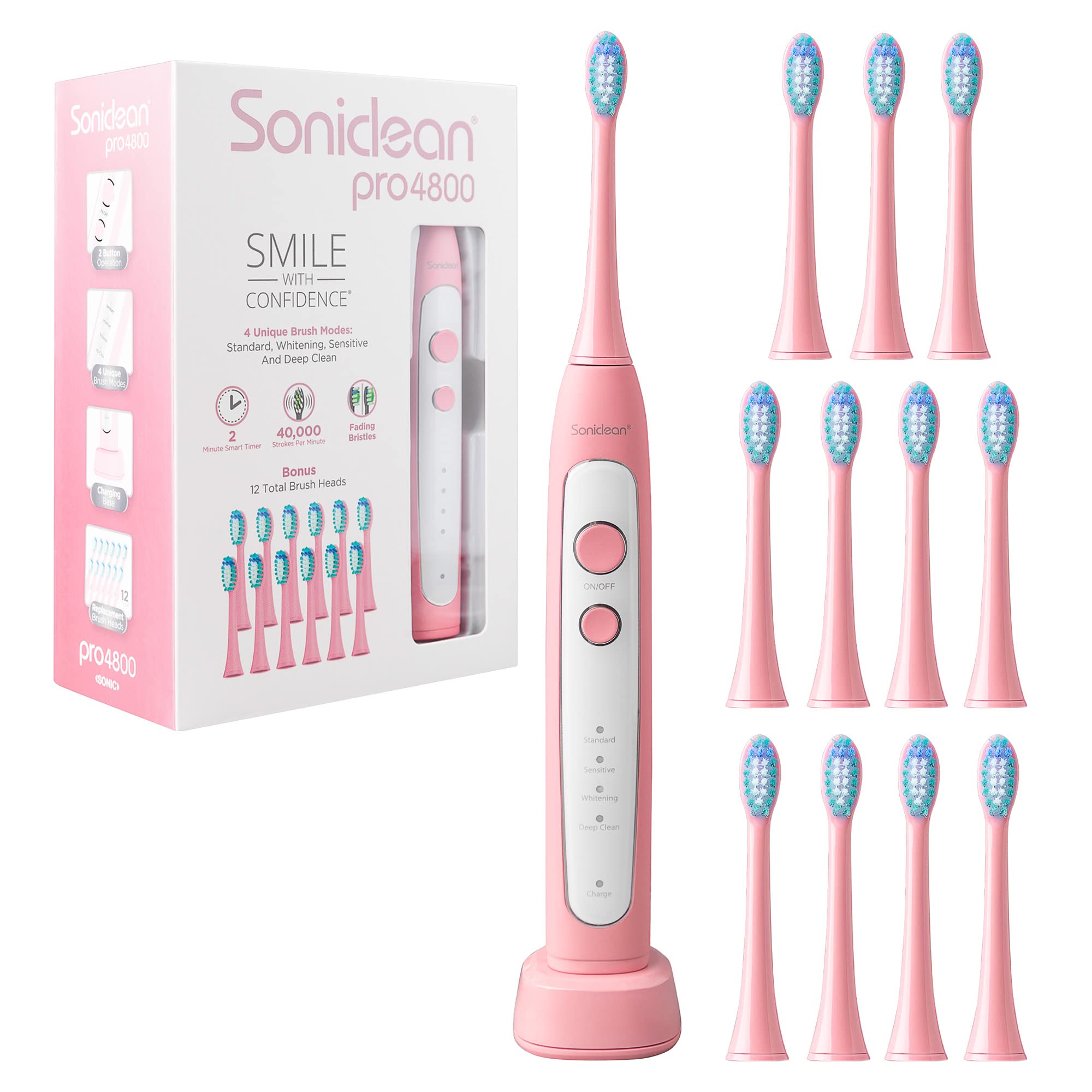
Conclusion: Prioritizing Oral Health and Hygiene
Knowing when to change your toothbrush after being sick is crucial for maintaining good oral health. While a general guideline suggests replacing your toothbrush every three to four months, it is important to consider individual circumstances, such as the type and severity of the illness. Taking proactive measures, including proper hygiene practices during illness and regular toothbrush maintenance, ensures a clean and healthy oral care routine. By following these guidelines and prioritizing toothbrush hygiene, you can maintain optimal oral health and minimize the risk of reinfection or complications associated with using a contaminated toothbrush.

